Based on real needs
Mr. Nguyen Van Tha, residing in Ta Do hamlet, Tan Thanh commune, Tan Chau district, has more than 25 years of experience in raising bats for their manure.
Mr. Tha said that his family came from Long An province in 1999 and moved to Tay Ninh to make a living by growing cassava on semi-flooded land and growing fruit trees around the house. Every year, he and his wife had to spend a lot of money to buy inorganic fertilizer for agriculture.
Remembering that in the West, there are many people who raise bats to use as fertilizer for their plants very effectively, in 2000, he and his wife prepared many trees, palm leaves and asked the young people in the neighborhood to build a bat cage behind the house to try raising flying animals.
Mr. Tha recalled that at that time, no one here raised this animal, so the bats in the wild were very shy and refused to enter the cage. He had to go back to his hometown to catch bats and put them in the cage to lure them. Next, he had to bring old palm leaves from the bat cage in the countryside and hang them in the cage to create a scent. After two or three times of such effort, the bats outside agreed to enter the cage.
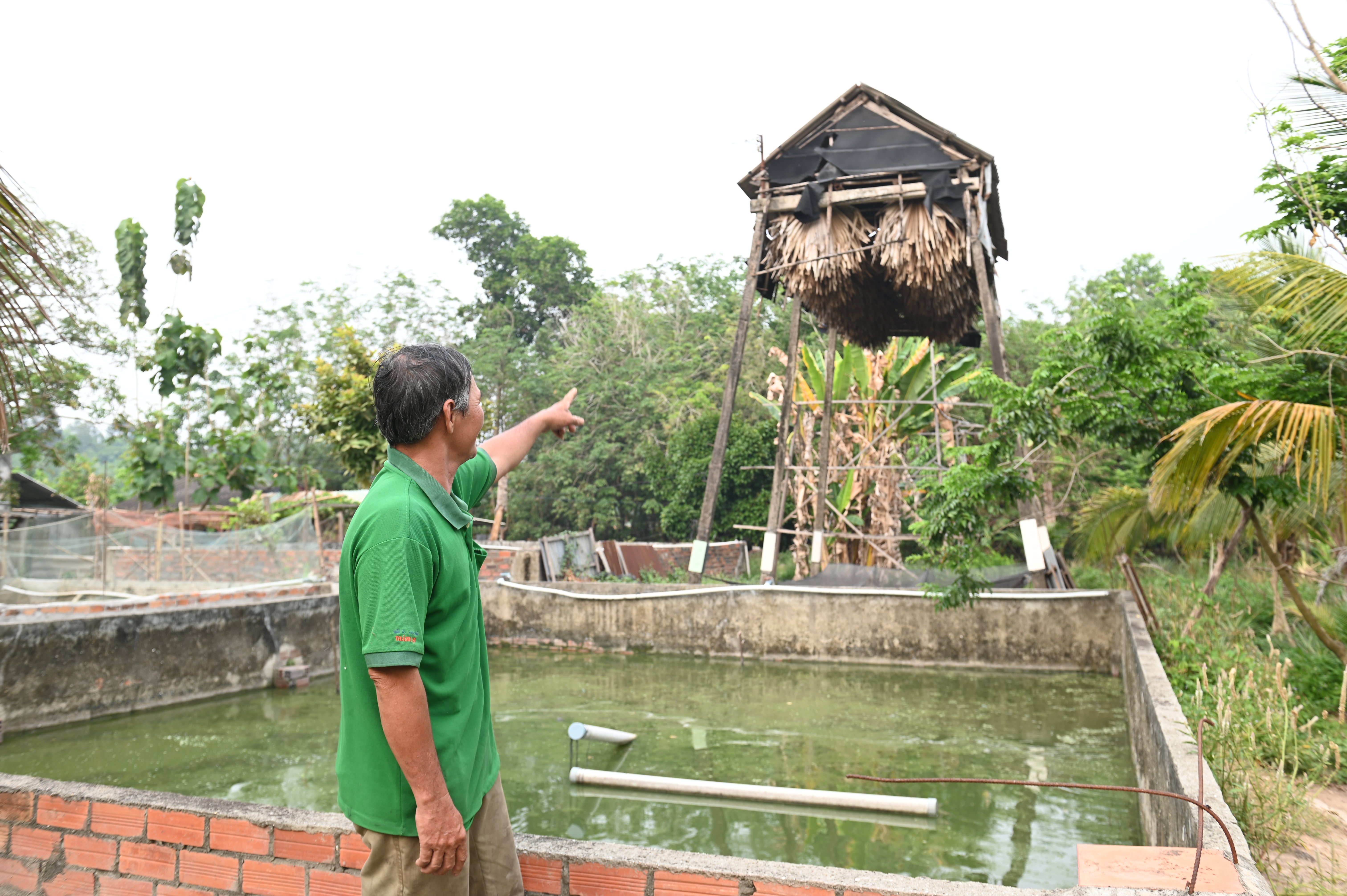
Every April is the time when bats breed. Each litter, the mother bat gives birth to two baby bats, which mature a few months later. The bat colony grows in number and produces more and more droppings. Mr. Tha and his wife use the bat droppings to fertilize their cassava fields and fruit orchards.
After many years of using this organic fertilizer, Mr. Tha commented: “After three years of using bat manure to fertilize cassava, the soil is still good. Not only does the cassava plant grow well, but the cassava tubers are also of good quality. Using this fertilizer for the garden, all the fruits are delicious, have beautiful colors, and do not rot over time.”
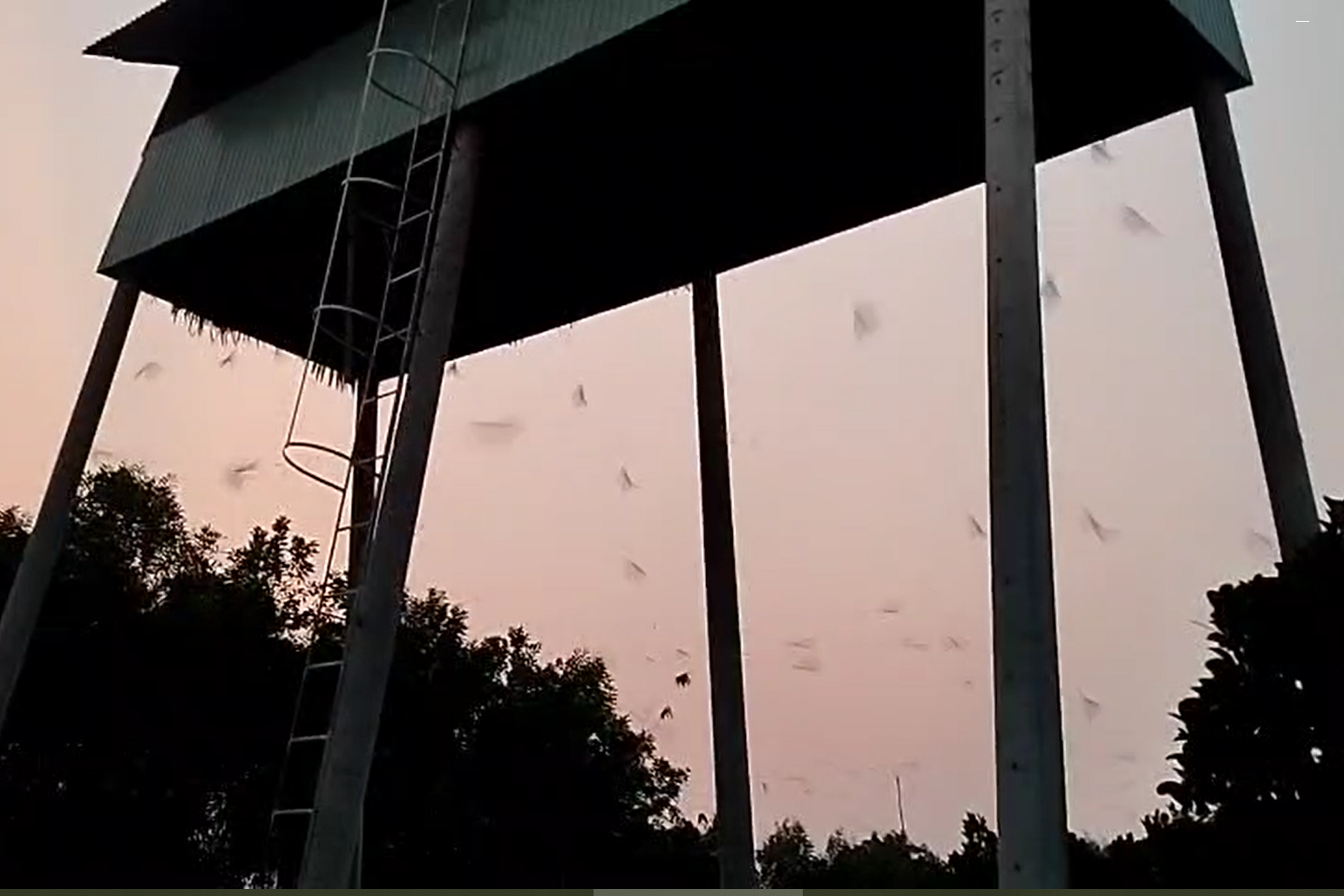
In recent years, many of Mr. Tha’s children and grandchildren have ordered bat droppings from him to fertilize their durian and ornamental flower gardens in Long An. The family’s bat droppings are not enough to sell, so he has to buy more from some bat farmers in the area and send them to the West.
On the afternoon of March 25, when we visited his family, we saw Mr. Tha preparing to build another bat cage to collect manure. This man said: “In recent years, many local people have been interested in this profession. It is estimated that there are currently more than ten bat cages in the district.”
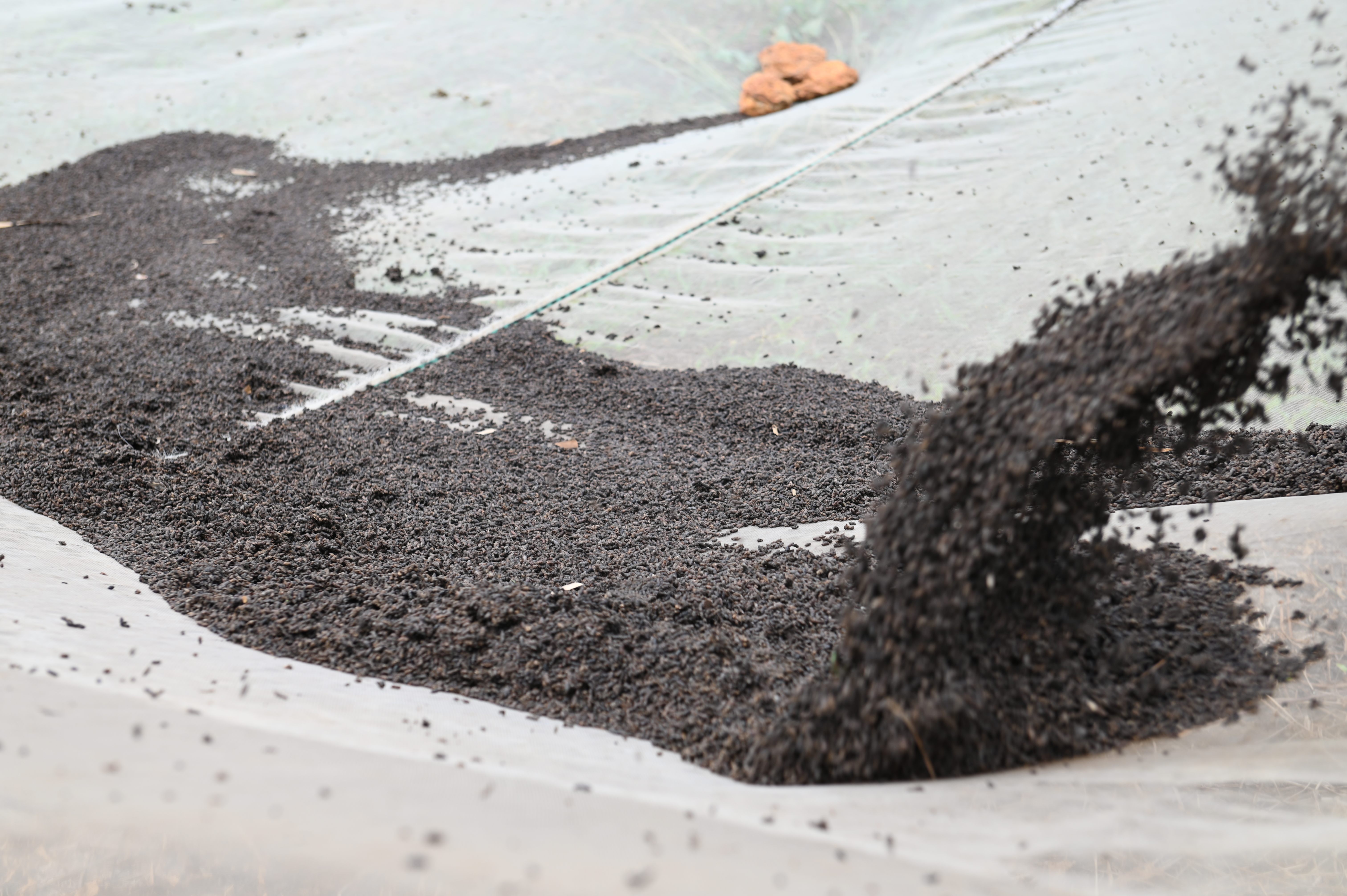
Mr. Dinh Van Hung, residing in Suoi Dop Hamlet, Thai Binh Commune, Chau Thanh District, is one of the households that has just started raising bats for their manure. Mr. Hung and his wife have agricultural land specializing in growing rice, corn, and durian. This farmer practices green agriculture, so he needs organic fertilizer to fertilize his fields.
Once when visiting an acquaintance in Tan Bien district, Mr. Hung found the bat-manure farming model quite effective. Back home, he spent time learning about bats’ habits, farming techniques, construction costs, barn maintenance, ways to prevent natural enemies, manure yield, the effects of this type of manure on crops, and the market price of bat manure…
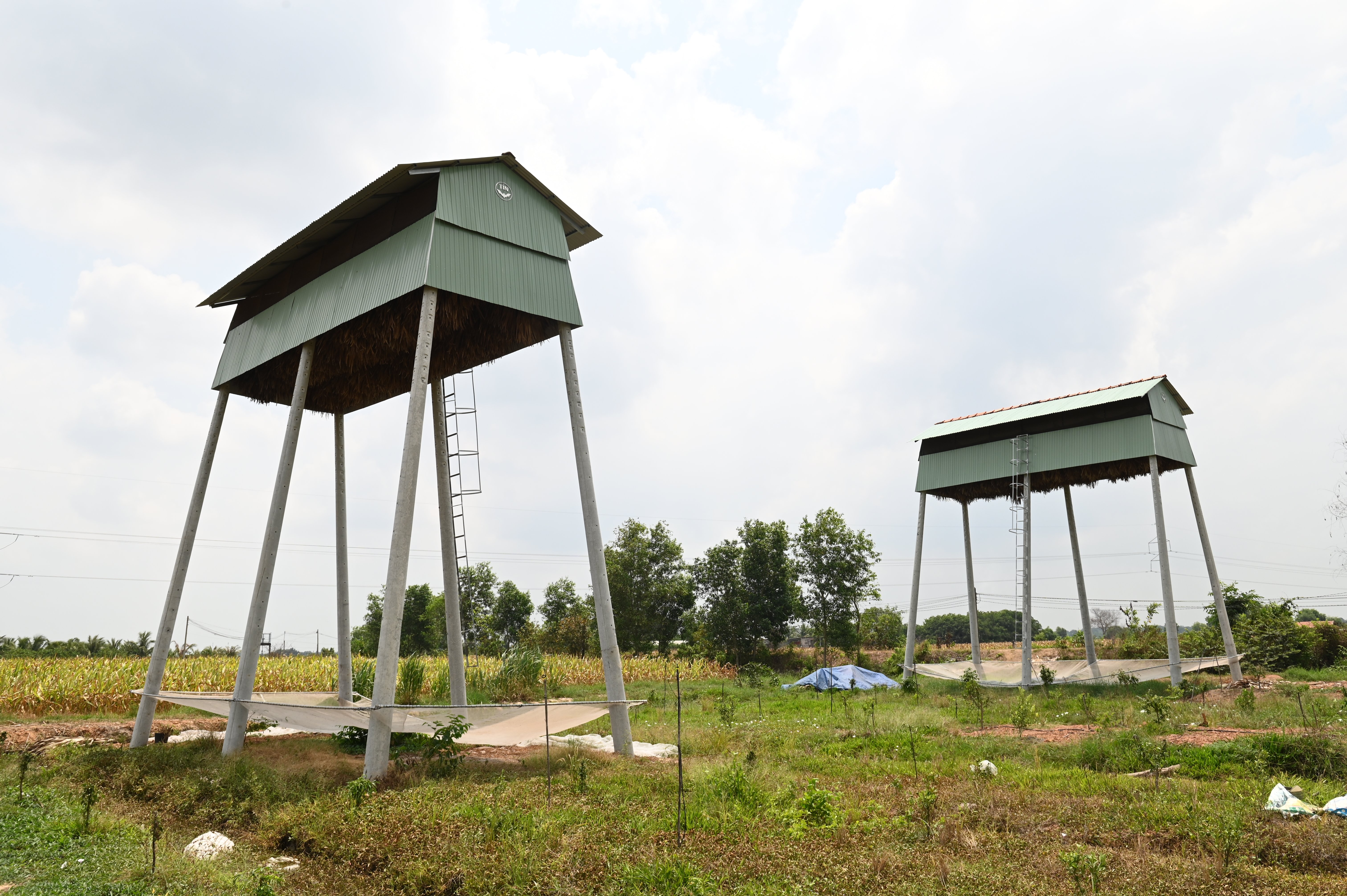
After gathering all the necessary information, the old farmer hired a construction company to build two bat cages right behind his house. As soon as the cages were completed, the next day he heard the sound of bats chirping and bat droppings began to appear under the mesh.
“I don’t know where they came from. At first, there weren’t many of them, but then they multiplied and attracted more of their kind from other places,” Mr. Hung recalled.
Mr. Hung observed that every day, at around 6pm, the bats began to fly out of the cage, spreading out everywhere to find food. At midnight, they returned to the cage. At around 2-3am, they spread out again and by the morning of the same day, they returned in droves to sleep.
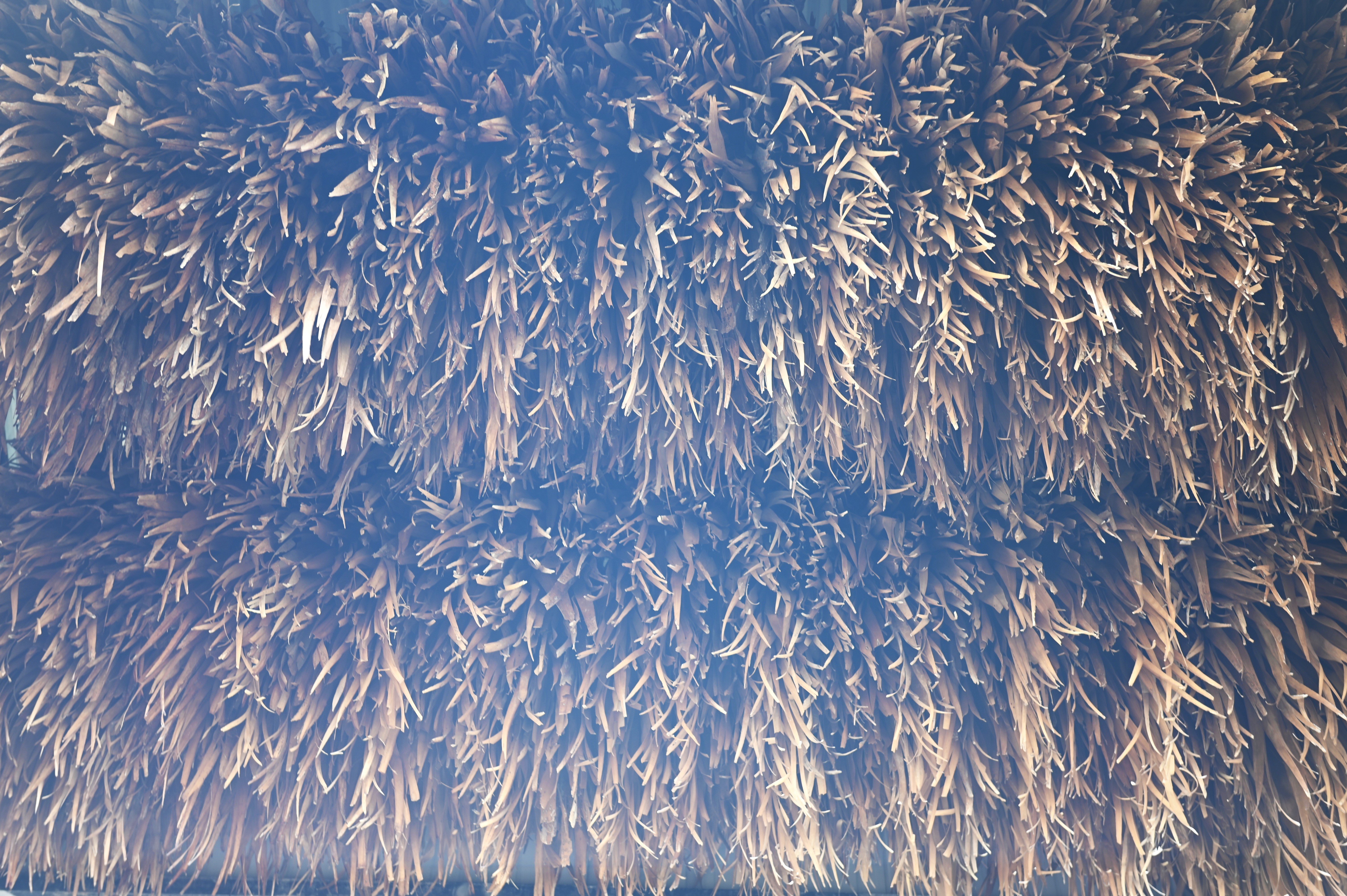
Currently, Mr. Hung harvests about 3-4 kg of bat manure per cage per day. He uses this type of manure to fertilize his family's crops, agricultural plants, and fruit trees. When not in use, Mr. Hung sells it to traders.
Currently, this type of fertilizer is not enough to sell, so traders from the Western provinces come to buy it at 60,000 VND/kg. "Every time I come here, I see them buying a whole truckload," this farmer shared.
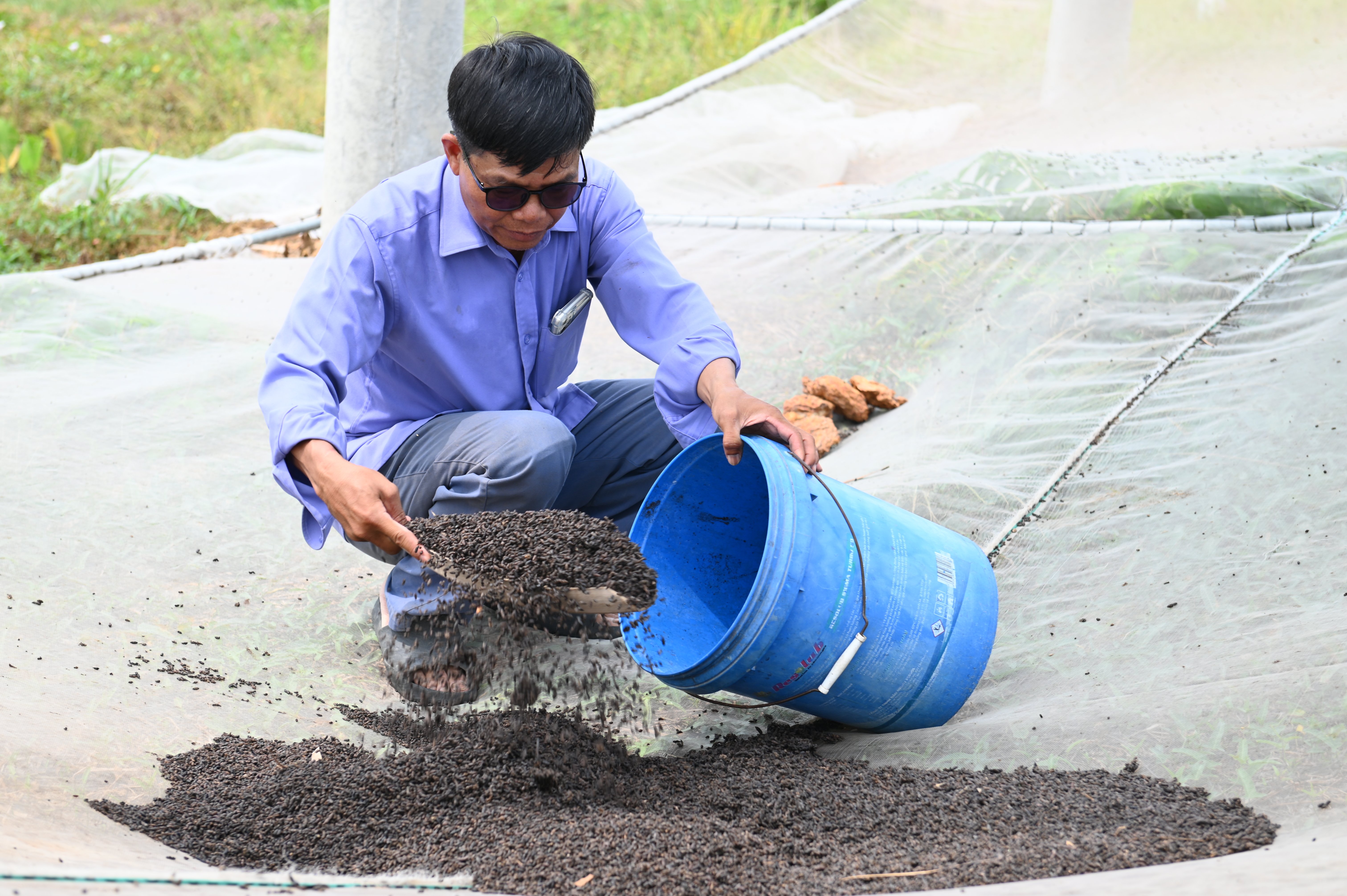
Potential begins to be exploited
Mr. Huynh Trung Tin, residing in Giong Ca hamlet, Binh Minh commune, Tay Ninh city, is one of the people who specializes in designing and constructing bat cages. On the morning of March 25, Mr. Tin's workers installed two bat cages in Tan Hiep commune, Tan Chau district.
Each cage is built on 6 round cement concrete pillars, 10m high. Above the pillars is a bat cage, about 2m high, the roof and surrounding cages are covered with heat-resistant corrugated iron. Inside the cage, there are many iron bars arranged vertically. On the iron bars, about 300 palm leaves are hung, creating a substrate for the bats to live. Below the cage is a wide net to collect bat droppings.
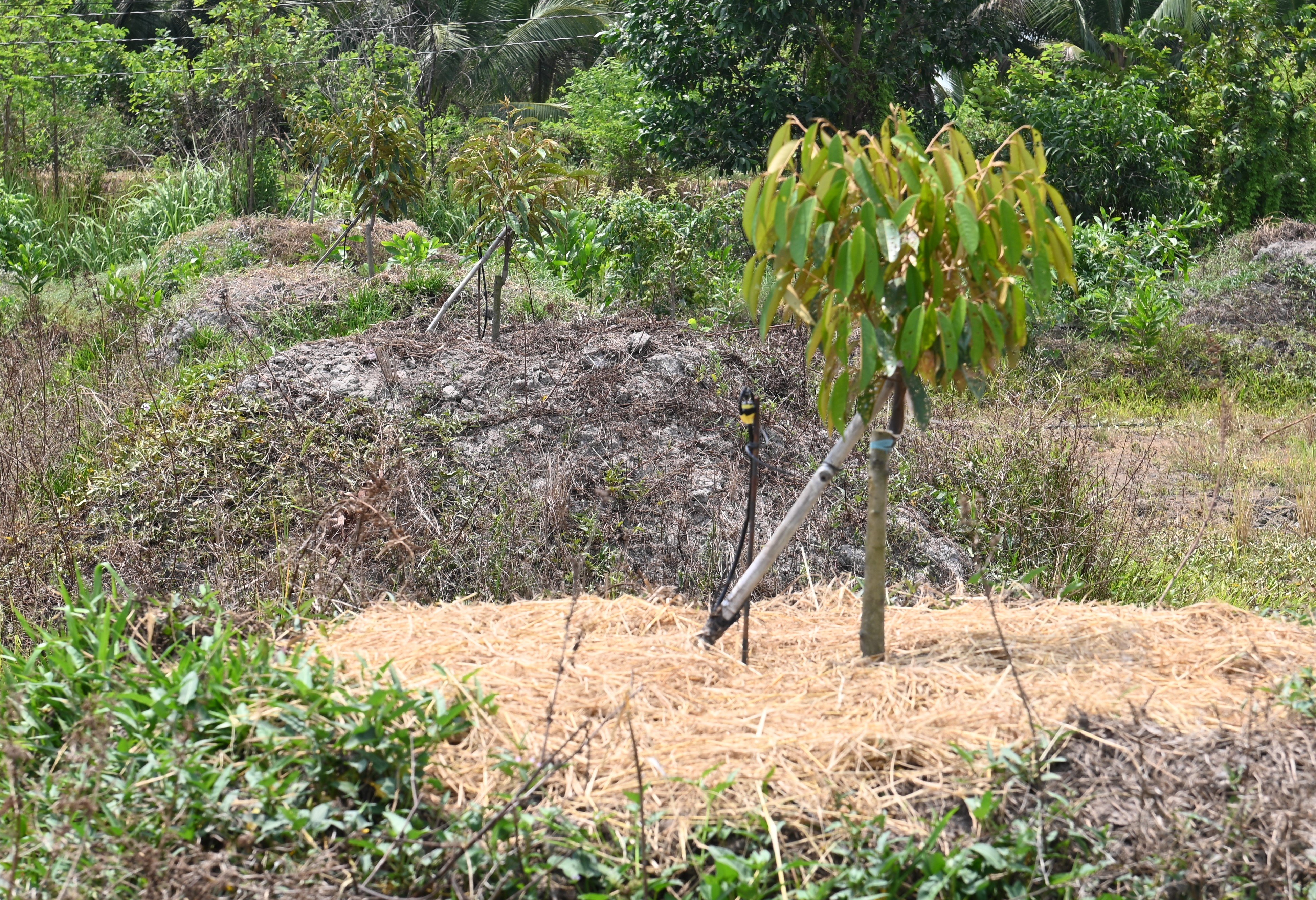
Talking about this profession, Mr. Tin said that in 2019, while performing his duty at the Provincial Military Command, he saw that the house of the unit’s leader had a bat cage that was very effective. After leaving the army, he returned to the West to learn about making bat cages and started making a few cages for friends and relatives.
In 2022, realizing the increasing demand for bat farming for manure, he invited a few relatives to focus on the profession of building bat cages.
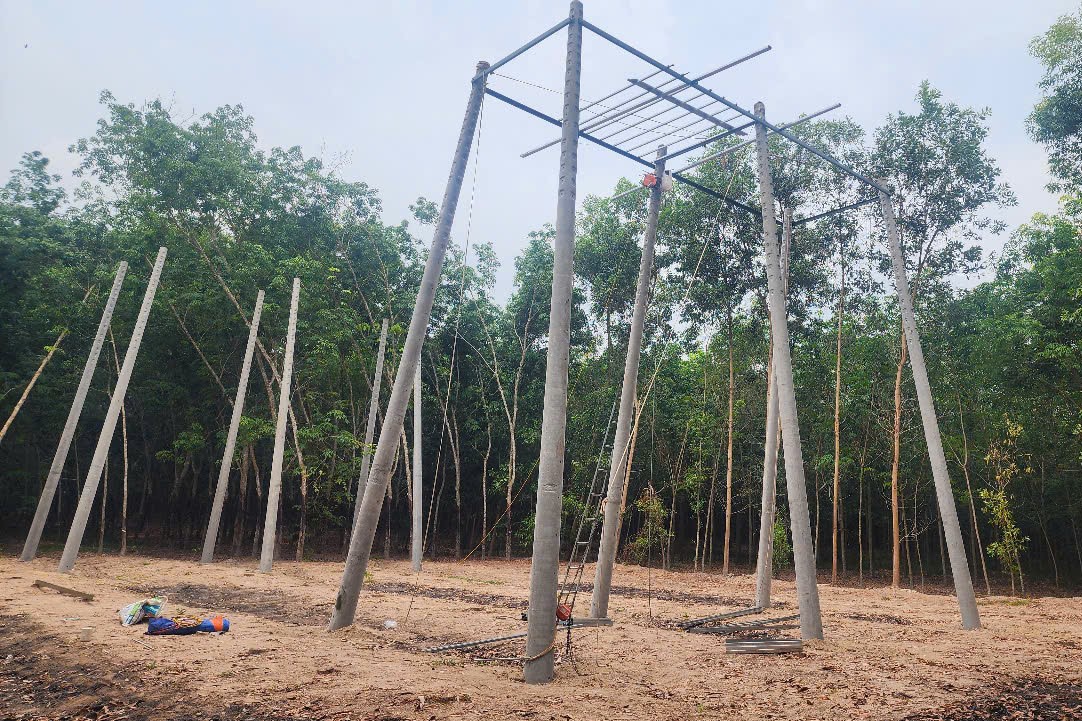
Mr. Tin said that raising bats does not cost money to buy food and does not require much care. This is a species of mosquito bat, they specialize in eating insects such as mosquitoes, butterflies, and planthoppers in the fields. Thanks to that, they contribute to limiting the spread of diseases to humans and fields. In particular, this small bat species does not bite and destroy fruits like lotus bats and crow bats, so it does not affect people's fruit gardens.
“For many years, the Western provinces have been encouraged to develop this model to reduce mosquitoes and insects harmful to agriculture,” Mr. Tin informed.
Regarding cage care, depending on the number of bats, once a month or longer, the breeder must take the palm leaves from the cage to the pond to wash them. About every one and a half to two years, the palm leaves must be replaced with new ones. According to Mr. Tin, it is best to build two bat cages close together, so that they can change their place of residence whenever the cages get dirty or are affected by other factors.
Regarding the cost of building a bat cage, this young man shared that depending on the distance of the cage, the construction price will be high or low. "Specifically, the bat cage in Tan Hiep commune costs 87 million VND/cage, in the form of "turnkey". Construction in other provinces, far from the source of materials, difficult to transport materials, the price may change" - Mr. Tin said. This young man estimated that in our province alone, there are about 100 cages raising bats for their manure.
For many years, in the caves of Ba Den Mountain and in the forests and orchards in the province, there have been many species of bats living, each species is estimated to have thousands of individuals. Every day, at dusk, these animals fly out from their hiding places to find food. Our province is developing many fruit orchards in the direction of green agriculture, so it is in great need of organic fertilizer. Raising bats for organic fertilizer has begun to attract the attention and exploitation of many people in our province.
Ocean – Quoc Son
Source: https://baotayninh.vn/nghe-nuoi-doi-lay-phan-o-tay-ninh-a188055.html


![[Photo] Prime Minister Pham Minh Chinh chairs meeting to discuss tax solutions for Vietnam's import and export goods](https://vstatic.vietnam.vn/vietnam/resource/IMAGE/2025/4/10/19b9ed81ca2940b79fb8a0b9ccef539a)



![[Photo] Phuc Tho mulberry season – Sweet fruit from green agriculture](https://vstatic.vietnam.vn/vietnam/resource/IMAGE/2025/4/10/1710a51d63c84a5a92de1b9b4caaf3e5)
![[Photo] Unique folk games at Chuong Village Festival](https://vstatic.vietnam.vn/vietnam/resource/IMAGE/2025/4/10/cff805a06fdd443b9474c017f98075a4)


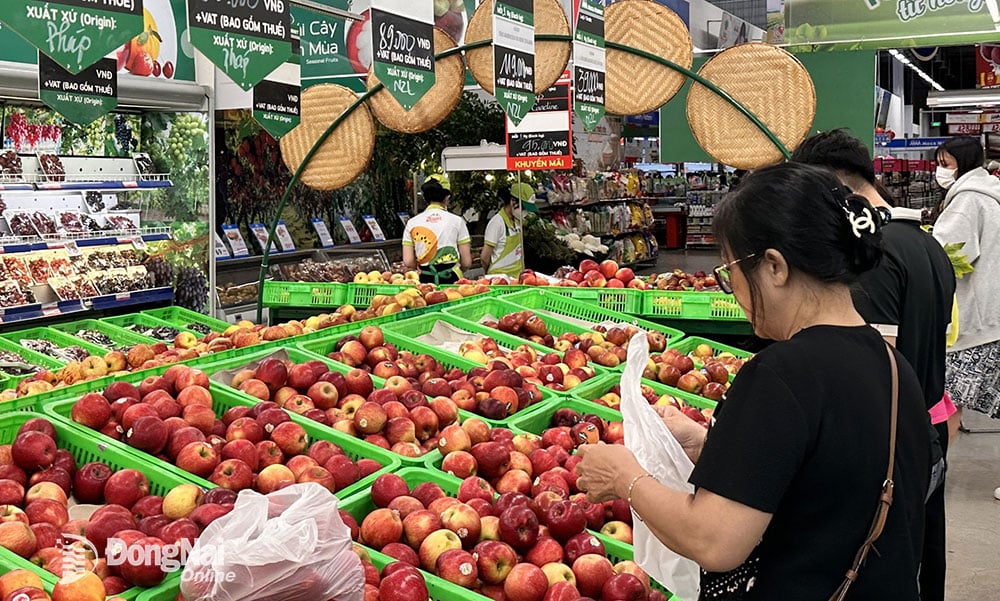








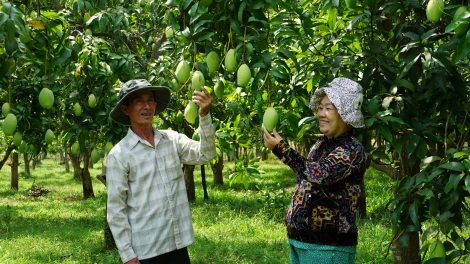
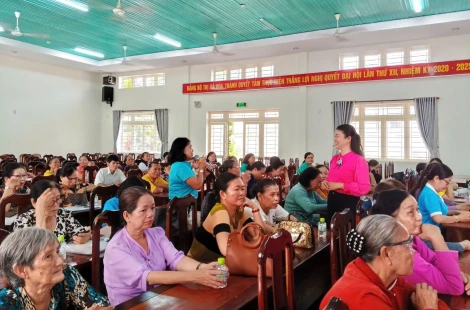
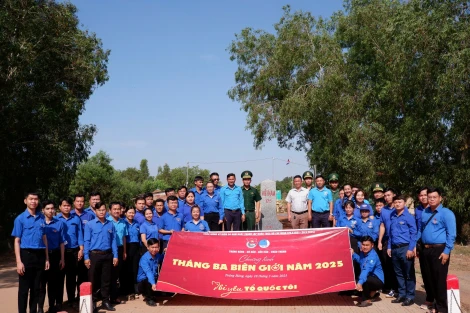
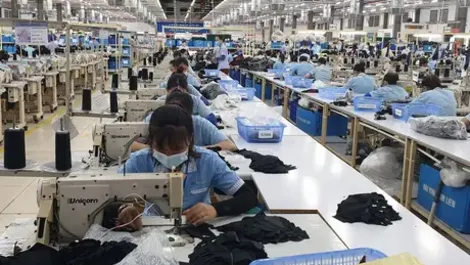
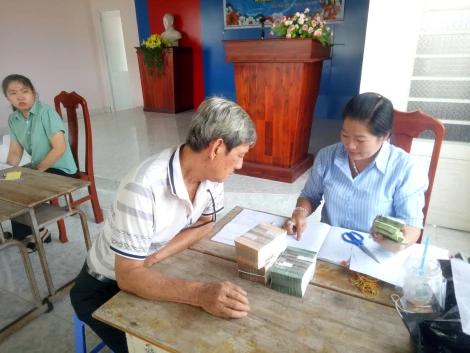


















































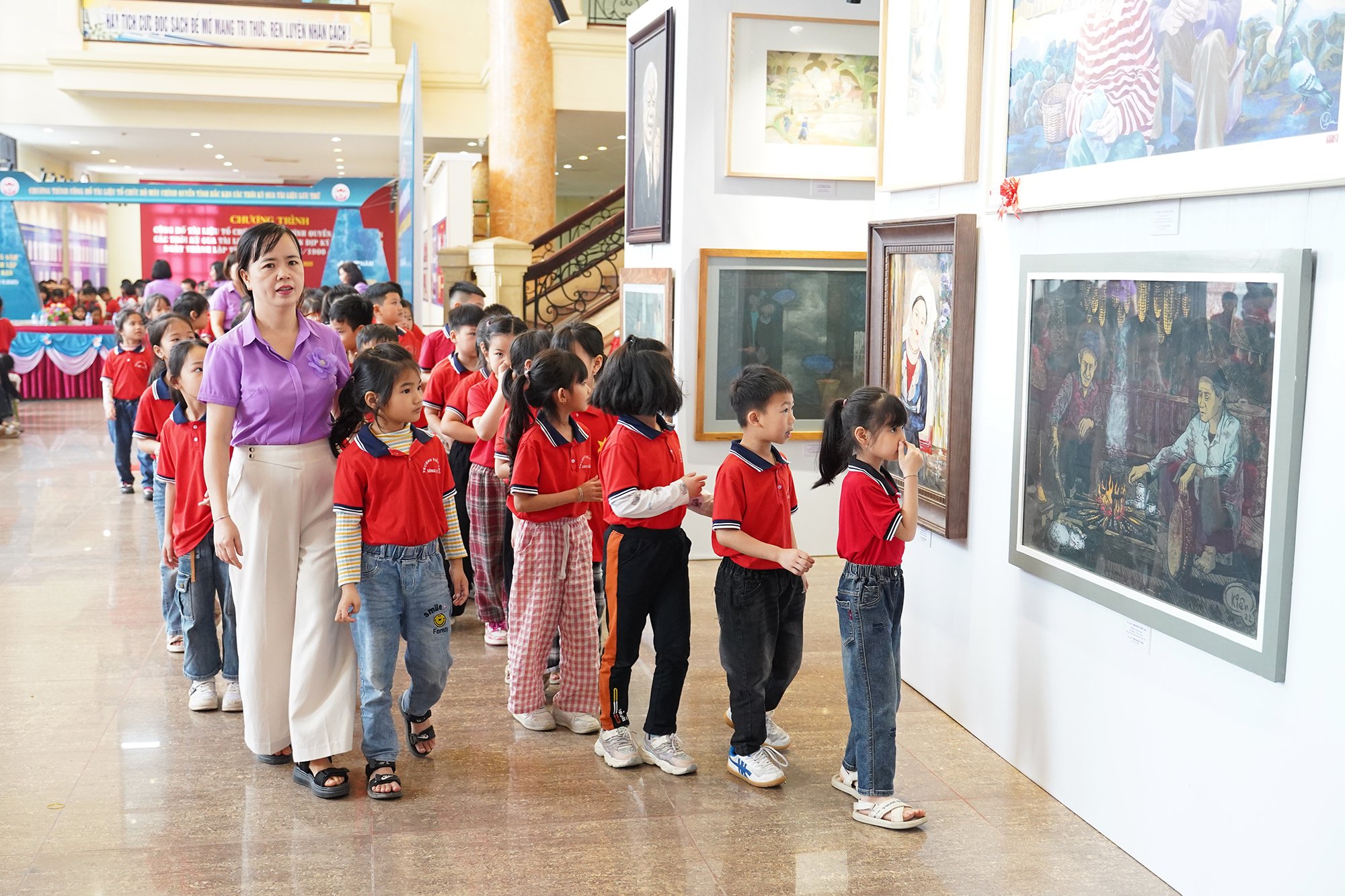










Comment (0)